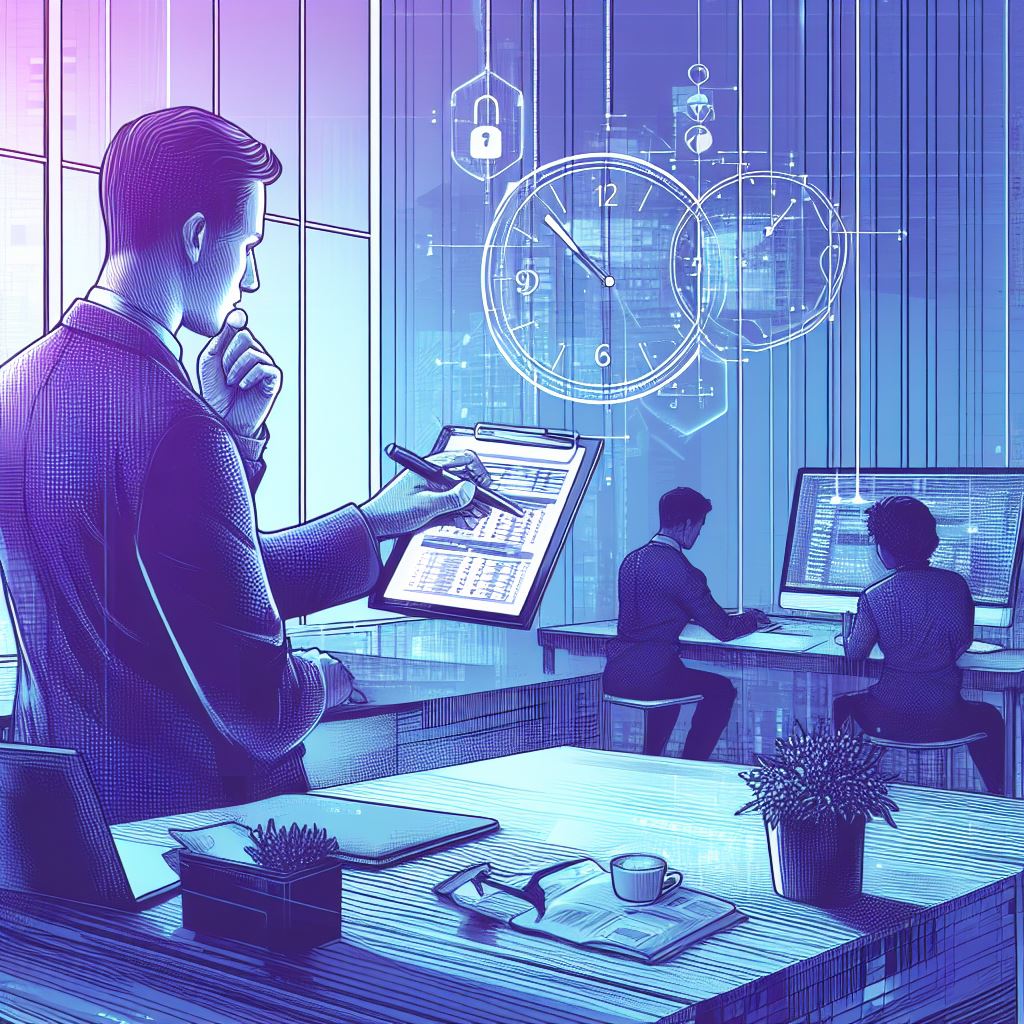HR Automation: Redefining Recruitment and Retention in the Modern Workplace
In the dynamic world of human resources, the advent of HR automation has been a game-changer, particularly in the realms of talent acquisition and retention. While our previous blog post, “HR Automation: Building the Bridge to Better Work-Life Balance,” focused on how automation contributes to employee satisfaction and work-life harmony, this piece will explore how innovative HR automation tools are transforming the way organizations attract, hire, and keep top talent.
The American Institute of Stress finds that 83% of U.S. workers suffer from job stress, often due to poor communication and other factors. Automating workflows can enhance team communication, thus reducing stress and related turnover.
Revolutionizing Recruitment with AI:
The recruitment landscape has been fundamentally altered by HR automation. AI-driven algorithms can now scan through thousands of resumes, identifying candidates who not only have the right qualifications but also whose career trajectories and skills align with the company’s long-term goals. This precision not only streamlines the hiring process but also enhances the quality of hires, setting the stage for better retention rates.
Predictive Analytics with HR Automation:
HR automation isn’t just about bringing talent in; it’s also about keeping it. Predictive analytics can now forecast potential employee turnover by analyzing patterns in employee behavior and engagement levels. This foresight allows HR professionals to proactively address concerns, create personalized retention strategies, and reduce costly turnover.

Customized Learning and Career Pathways:
Automation has enabled the personalization of employee development. By analyzing individual performance data, HR systems can recommend customized learning modules, suggest mentorship opportunities, and even predict and propose potential career paths within the organization. This tailored approach not only supports the professional growth of employees but also demonstrates a commitment to their future within the company, which is a powerful retention tool.
Streamlining Performance Management with HR Automation:
Gone are the days of annual performance reviews. Continuous performance management is the new norm, thanks to HR automation. Real-time feedback platforms and performance tracking tools provide ongoing insights into employee performance, allowing for timely recognition, support, and course corrections. This approach aligns with the modern workforce’s desire for growth and immediate feedback, leading to higher levels of engagement and satisfaction.
Automated Benefits Administration:
An often-overlooked aspect of retention is the benefits package. HR automation has simplified the management and personalization of employee benefits, allowing employees to easily customize their packages to suit their individual needs. This autonomy and flexibility can significantly enhance job satisfaction and loyalty.
Diversity and Inclusion in HR Automation:
HR automation tools are equipped with features that help reduce unconscious bias during the hiring process, promoting a more diverse and inclusive workforce. By using software that anonymizes applications and utilizes equitable screening processes, organizations are better positioned to build teams that reflect a wide array of backgrounds and perspectives, which is key to fostering a creative and innovative workplace.
Research has shown that 85% – 97% of hiring managers rely on intuition to make their decisions.
Conclusion:
As HR automation continues to evolve, its impact on talent acquisition and retention becomes increasingly profound. By leveraging the power of automation, HR professionals are not only able to hire more effectively but also create a nurturing environment that encourages employees to stay and thrive. The future of HR is one where automation and human insight combine to create a workforce that is engaged, diverse, and aligned with the strategic goals of the organization.









